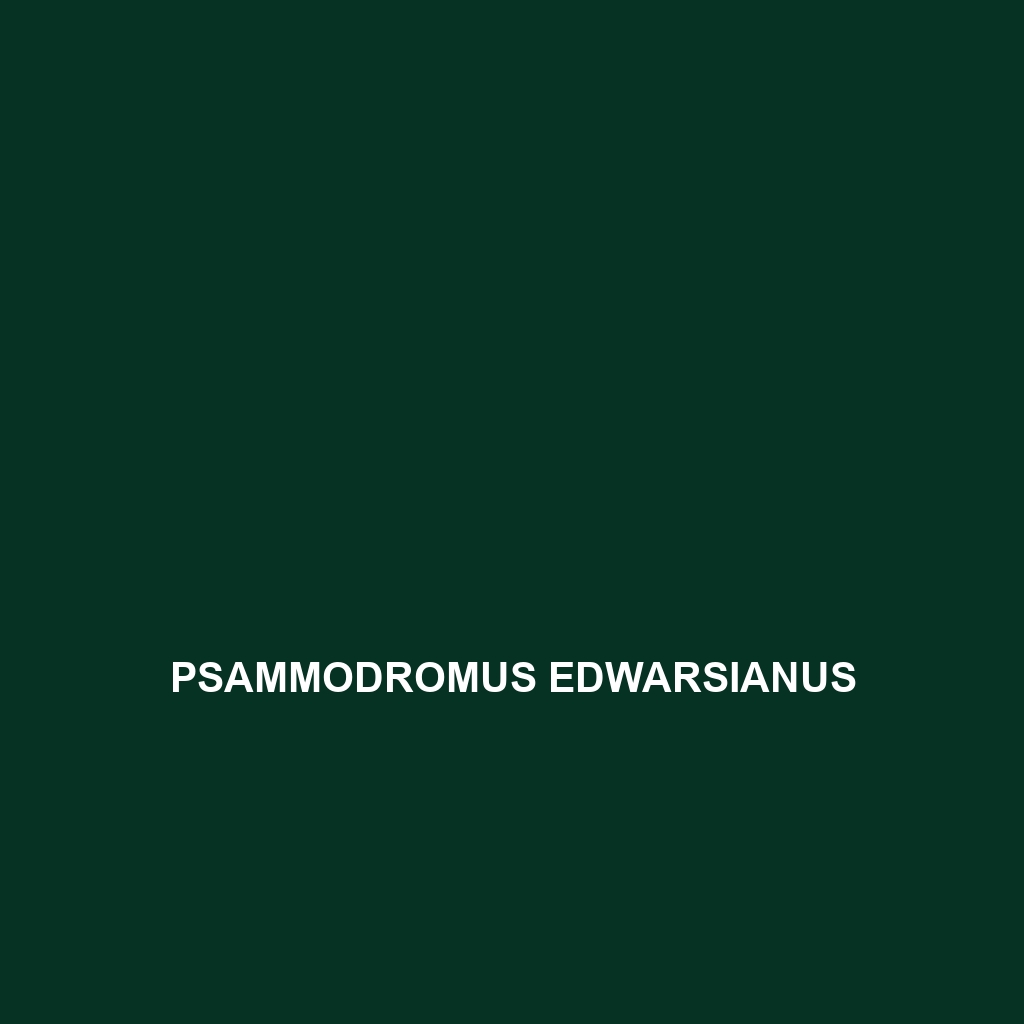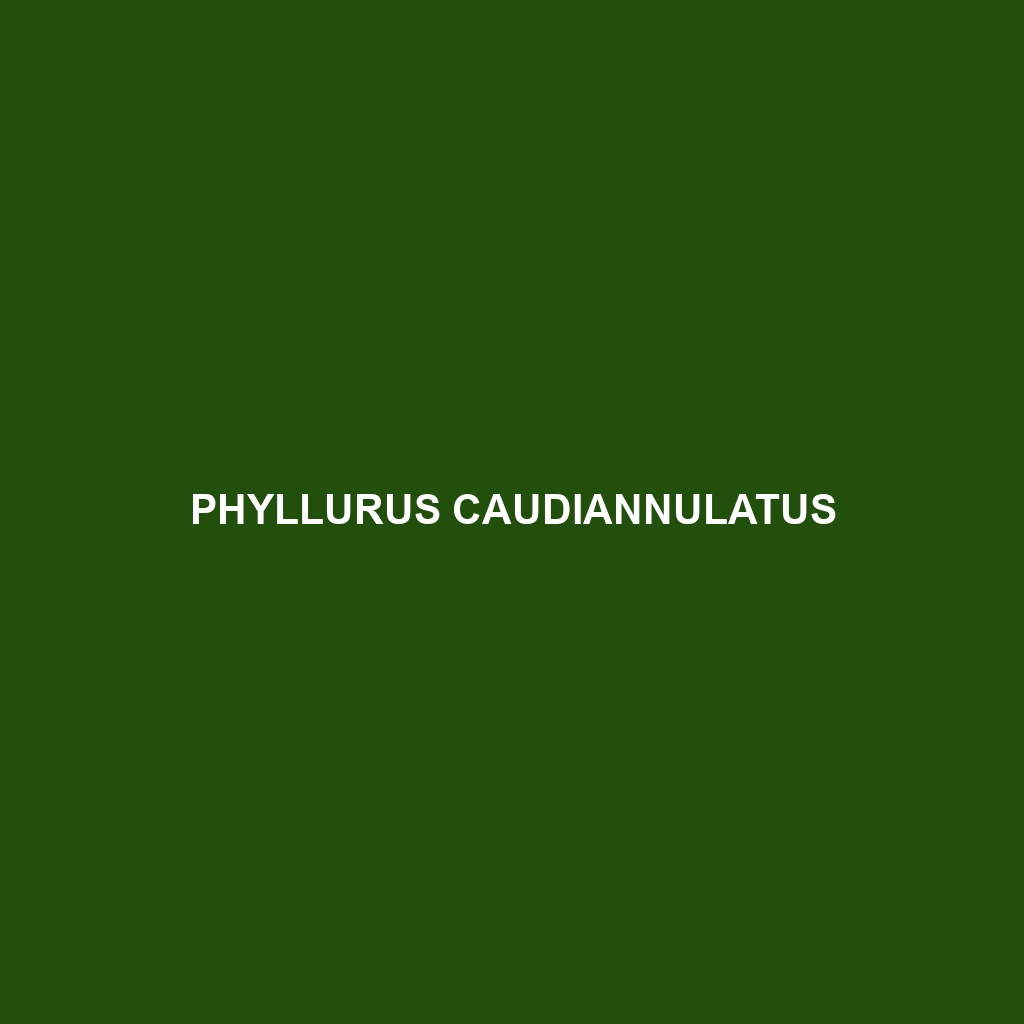Discover the remarkable Pseudocordylus spinosus, commonly known as the spiny skink, a resilient lizard thriving in southern Africa's rocky and arid environments. Characterized by its hardened spiny scales and unique defensive behaviors, this intriguing insectivore plays a vital role in maintaining the ecological balance by controlling insect populations.
Tag: Warm climate reptiles
Psammodromus edwarsianus
Discover the Edward's Sand Racer (Psammodromus edwarsianus), a nimble lizard thriving in southern Europe's sandy habitats. With a length of 15 to 25 cm, it boasts a streamlined body and sandy brown or light gray coloration, making it an adept predator of insects in warm, open environments.
Proablepharus tenuis
<p><b>Proablepharus tenuis</b>, known as the slender sphenomorphus, is a vibrant insectivorous lizard thriving in tropical rainforests with a length of 15 to 25 centimeters. With its unique coloration, large eyes, and agile tail, it plays a crucial role in its ecosystem by controlling insect populations while showcasing remarkable camouflage abilities.</p> </div>
Plestiodon dugesii
<p><b>Plestiodon dugesii</b>, known as Duges' skink, is a striking lizard found in northern Mexico and the southwestern United States, characterized by its elongated body, vibrant dorsal stripes, and diurnal behavior. This adaptable species thrives in various habitats, primarily feeding on insects and playing a crucial role in its ecosystem as both predator and prey.</p>
Plestiodon callicephalus
<p><b>Plestiodon callicephalus</b>, commonly known as the Southern Skink, is a medium-sized lizard thriving in humid temperate forests, grasslands, and open woodlands across the southeastern U.S. Exhibiting a glossy dark body with vibrant blue or green accents, this fascinating insectivore plays a crucial role in its ecosystem by controlling insect populations and serving as prey for larger predators.</p>
Plestiodon bilineatus
<p><b>Plestiodon bilineatus</b>, or the Two-lined Skink, is a small, diurnal lizard typically measuring 5 to 8 inches, characterized by its smooth, shiny brown or gray body with two light-colored stripes. Found in temperate regions of the southeastern U.S., this insectivorous skink plays a significant role in controlling insect populations and maintaining ecological balance.</p>
Platysaurus ocellatus
The Ocelated Flat Lizard (Platysaurus ocellatus) is a vibrant, insectivorous reptile native to Southern Africa, typically found in rocky grasslands and savannas. With striking blue and green coloration in males and a flattened body for camouflage, this diurnal species plays a crucial role in its ecosystem by regulating insect populations and serving as prey for larger predators.
Platyceps rogersi
Discover the <b>Platyceps rogersi</b>, a slender, medium-sized snake thriving in Africa's savannas and grasslands. Known for its smooth, shiny scales and remarkable adaptability, this carnivorous reptile primarily preys on small mammals and lizards while playing a crucial role in its ecosystem.
Phyllurus caudiannulatus
Discover the Phyllurus caudiannulatus, or northern spiny-tailed gecko, a vibrant insectivore from the rainforests of northeastern Queensland, Australia. With its striking spiny tail, nocturnal foraging habits, and ability to regenerate its tail, this vulnerable species plays a vital role in maintaining ecosystem balance.
Phyllodactylus rupinus
The Phyllodactylus rupinus, or Rupin's Gecko, is a striking insectivorous species found in the warm climates of Central and South America, particularly Colombia and Ecuador. Measuring 5 to 7 inches in length, this nocturnal gecko features a mosaic of earthy tones for camouflage and exhibits unique climbing abilities due to its flattened digits.









